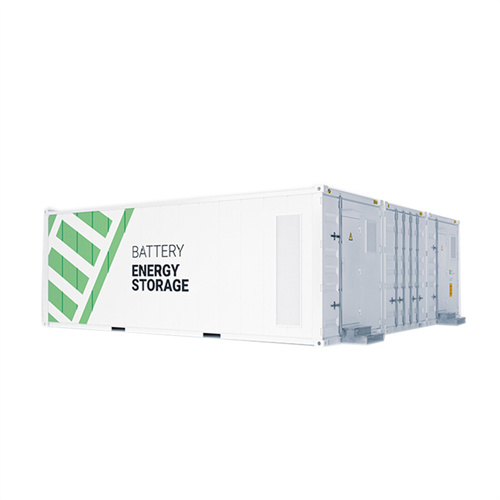About Application modes of electric energy storage
Energy storage technologies, including storage types, categorizations and comparisons, are critically reviewed. Most energy storage technologies are considered, including electrochemical and battery ener.
••A broad and recent review of various energy storage types is provided.••.
Energy systems play a key role in harvesting energy from various sources and converting it to the energy forms required for applications in various sectors, e.g., utility, indust.
The various types of energy storage can be divided into many categories, and here most energy storage types are categorized as electrochemical and battery energy storage, thermal.
Energy storage is an enabling technology for various applications such as power peak shaving, renewable energy utilization, enhanced building energy systems, and advanced transp.
In this section several energy storage types are described and/or compared from technical and economic perspectives, rather than their classifications and principles. Simila.
As the photovoltaic (PV) industry continues to evolve, advancements in Application modes of electric energy storage have become critical to optimizing the utilization of renewable energy sources. From innovative battery technologies to intelligent energy management systems, these solutions are transforming the way we store and distribute solar-generated electricity.
When you're looking for the latest and most efficient Application modes of electric energy storage for your PV project, our website offers a comprehensive selection of cutting-edge products designed to meet your specific requirements. Whether you're a renewable energy developer, utility company, or commercial enterprise looking to reduce your carbon footprint, we have the solutions to help you harness the full potential of solar energy.
By interacting with our online customer service, you'll gain a deep understanding of the various Application modes of electric energy storage featured in our extensive catalog, such as high-efficiency storage batteries and intelligent energy management systems, and how they work together to provide a stable and reliable power supply for your PV projects.
Related Contents
- Zhongrong electric energy storage application
- Application of energy storage harness
- Application of helium cooling in energy storage
- Jicheng electronic energy storage application
- Energy storage application exchange meeting
- Commercial energy storage application scenarios
- Smart home energy storage technology application
- The development and application of energy storage
- Energy storage application procedures
- New energy storage application in north macedonia
- Application of compressed air energy storage
- Future application scenarios of energy storage


